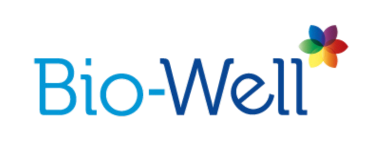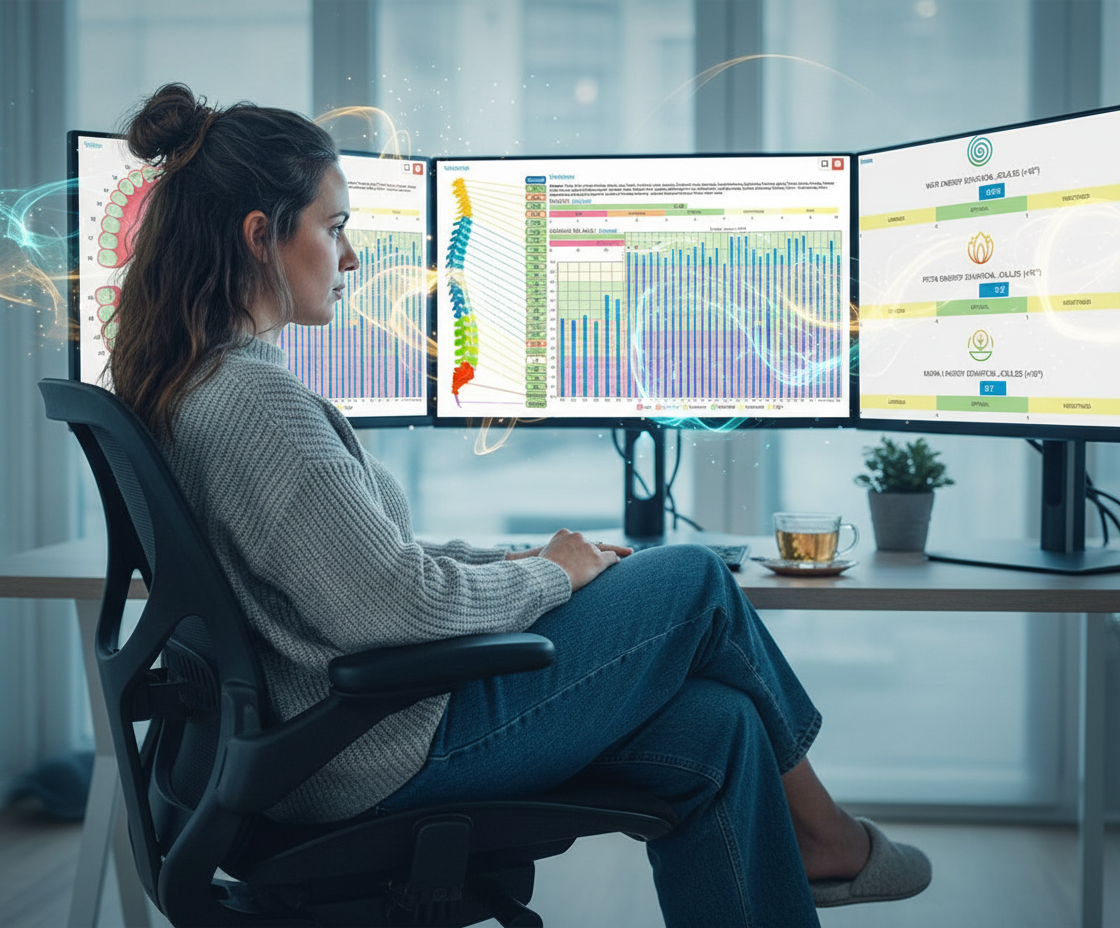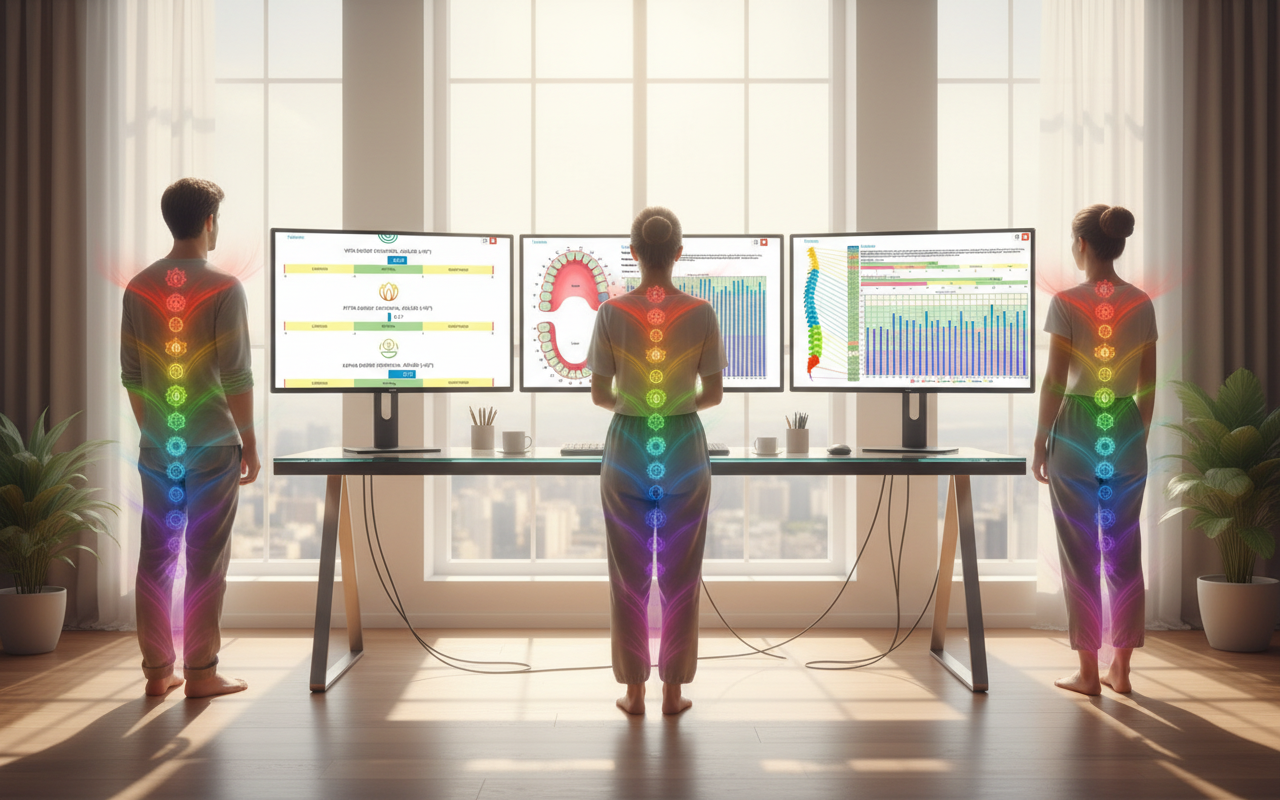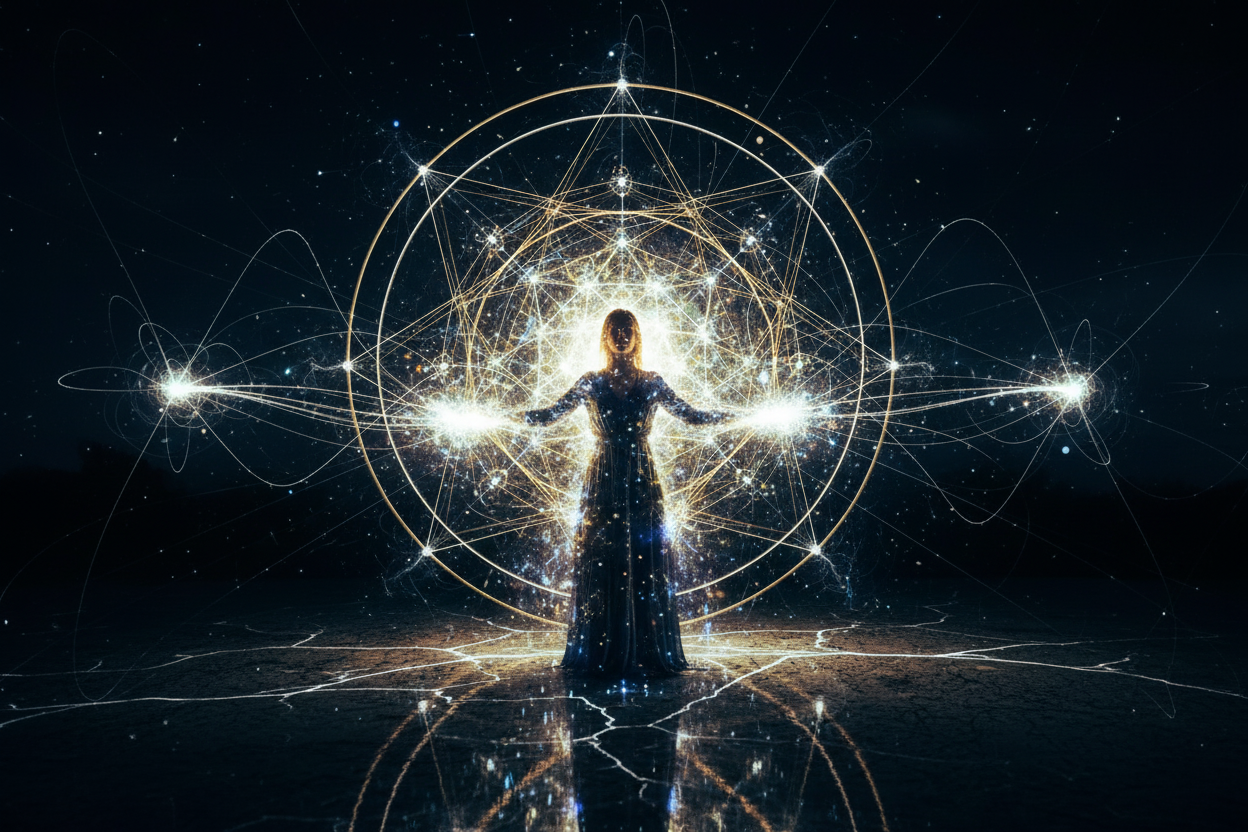Understanding how to measure energy is key to optimizing your physical, mental, and emotional well-being. Whether you're an athlete tracking performance, a wellness enthusiast seeking balance, or simply curious about your body’s energy levels, measuring energy can provide valuable insights. This guide explores the science of energy measurement, practical methods, and innovative tools like the Bio-Well device, a unique solution for assessing your energy field. Let’s dive into the best ways to measure energy and how to apply this knowledge for a healthier life.
What Does It Mean to Measure Energy?
Energy in the human body refers to the vitality that fuels physical activity, mental clarity, and emotional stability. Scientifically, energy is often measured in terms of joules or calories (metabolic energy), electrical activity (bioelectric signals), or even subtle energy fields (biofield). Measuring energy involves quantifying these aspects to understand your health, stress levels, or performance capacity.
By learning how to measure energy, you can:
-
Monitor physical and mental fatigue.
-
Optimize daily routines for peak performance.
-
Identify imbalances in your body’s energy systems.
-
Enhance mindfulness and holistic wellness practices.
Why Measuring Energy Matters
Before diving into the methods, let’s explore why measuring energy is important:
-
Health Optimization: Tracking energy levels helps identify deficiencies or excesses that may indicate health issues.
-
Performance Enhancement: Athletes and professionals can use energy data to improve stamina and focus.
-
Stress Management: Measuring energy can reveal how stress impacts your body and mind.
-
Holistic Wellness: Understanding your energy field supports practices like meditation, yoga, and energy healing.
With the right tools and techniques, you can gain actionable insights into your energy dynamics.
Methods to Measure Energy
There are several ways to measure energy, ranging from scientific approaches to holistic methods. Below are the most effective techniques:
1. Wearable Fitness Trackers
Wearable devices like Fitbit, Apple Watch, or Garmin track metrics such as heart rate, calories burned, and sleep patterns. These metrics indirectly measure energy expenditure and recovery.
-
How It Works: Sensors monitor heart rate variability (HRV) and movement to estimate energy output.
-
Best For: Tracking physical energy during exercise or daily activities.
-
Pros: Easy to use, widely available, and integrates with smartphone apps.
-
Cons: Limited to physical metrics, doesn’t assess subtle energy fields.
2. Heart Rate Variability (HRV) Monitors
HRV measures the variation in time between heartbeats, reflecting your autonomic nervous system’s balance and energy reserves.
-
How It Works: Devices like Oura Ring or Whoop analyze HRV to gauge stress, recovery, and energy levels.
-
Best For: Assessing stress and recovery for athletes or high-performers.
-
Pros: Provides detailed insights into nervous system health.
-
Cons: Requires consistent use for accurate data.
3. Bioelectrical Impedance Analysis (BIA)
BIA devices measure body composition, including fat and muscle mass, which can indicate metabolic energy efficiency.
-
How It Works: A small electrical current passes through the body to assess resistance, revealing energy storage.
-
Best For: Understanding metabolic health and energy storage.
-
Pros: Non-invasive and quick.
-
Cons: Less accurate for subtle energy or emotional states.
4. Energy Field Measurement with Bio-Well
For a more holistic approach, the Bio-Well device stands out as a groundbreaking tool for measuring your energy field. Unlike traditional devices, Bio-Well uses Gas Discharge Visualization (GDV) technology to capture and analyze the biofield—a subtle energy field surrounding the body.
-
How It Works: By scanning your fingertips, Bio-Well generates a detailed report on your energy levels, stress, and organ balance.
-
Best For: Holistic wellness enthusiasts, energy healers, and those seeking a unique perspective on vitality.
-
Pros: Non-invasive, provides visual energy maps, and assesses emotional and energetic states.
-
Cons: Requires specialized equipment and training for interpretation.
The Bio-Well device is truly unique, bridging science and spirituality to offer insights that wearables can’t match. It’s an excellent choice for anyone serious about understanding their energy on a deeper level.
5. Subjective Self-Assessment
Sometimes, the simplest method is self-reflection. Tools like energy journals or wellness apps allow you to log mood, fatigue, and vitality.
-
How It Works: Rate your energy levels daily using scales or prompts.
-
Best For: Beginners or those without access to advanced devices.
-
Pros: Free and intuitive.
-
Cons: Subjective and less precise.
Best Practices for Measuring Energy
To get the most accurate and actionable data, follow these best practices:
-
Consistency is Key: Measure energy at the same time daily to track trends effectively.
-
Understand Context: Energy levels vary based on sleep, diet, stress, and activity. Note these factors when interpreting data.
-
Consult Professionals: For advanced tools like Bio-Well, work with certified practitioners to interpret results.
-
Act on Insights: Use energy data to adjust your lifestyle, such as improving sleep or reducing stress.
How Bio-Well Enhances Energy Measurement
While wearables and HRV monitors are great for physical energy, the Bio-Well device offers a unique perspective by analyzing your biofield. This makes it ideal for:
-
Holistic Health: Assessing energy flow in relation to chakras and organ systems.
-
Stress Management: Identifying how emotional stress impacts your energy field.
-
Personalized Wellness: Tailoring meditation, acupuncture, or energy healing based on Bio-Well reports.
Unlike any other device, Bio-Well provides a visual representation of your energy field, making it a powerful tool for those exploring the intersection of science and wellness. Learn more about this innovative device at www.bio-well.com .





Share:
Predictive Wellness: The Future of Health
Low Energy: Causes, Solutions, and How to Track Your Vitality